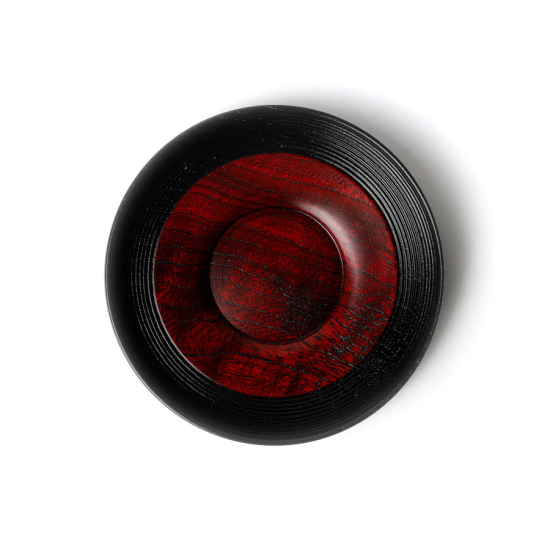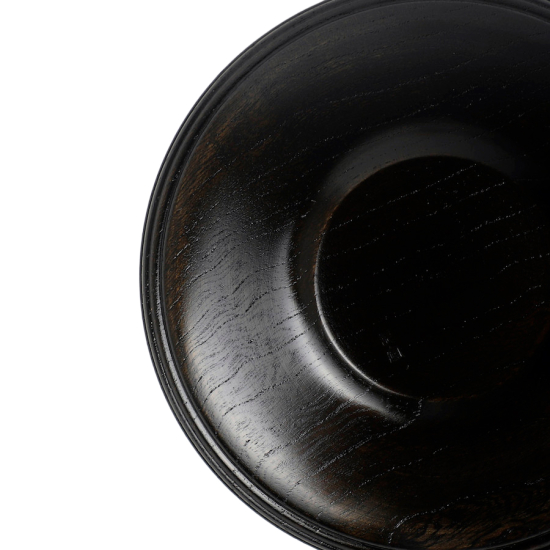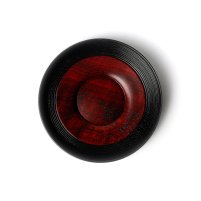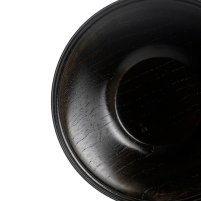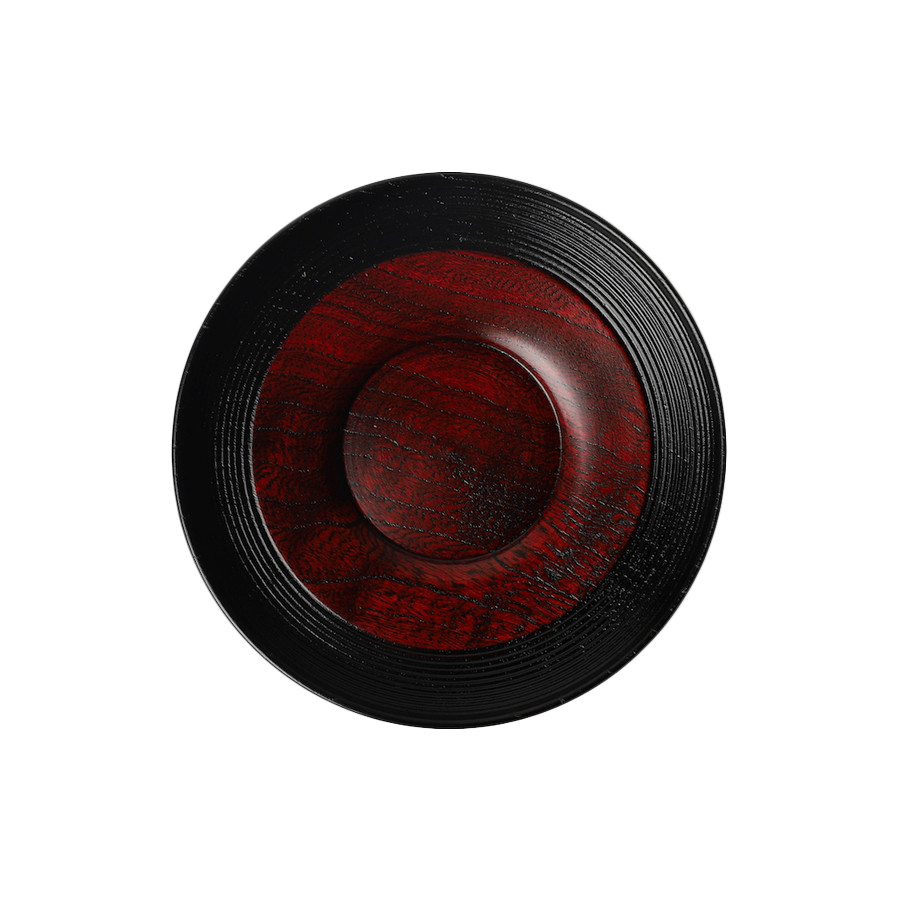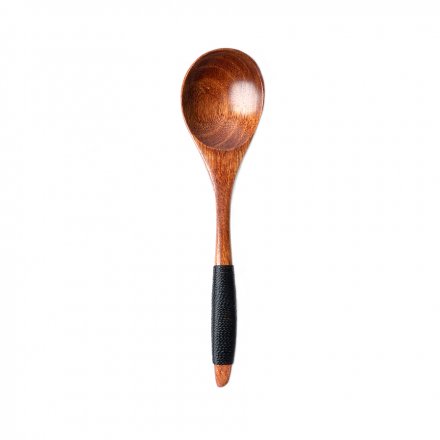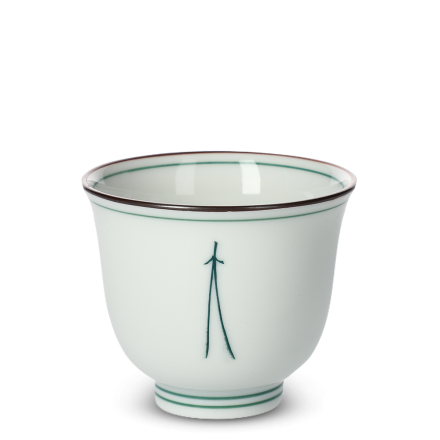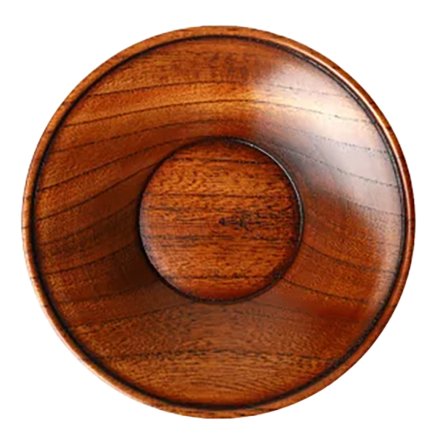Traditional Japanese lacquer or Urushi is the purified sap of the Asian lacquer tree, which has been used for thousands of years in Japan to coat objects from crockery to furniture and buildings. When dry, lacquer is both heat and water resistant, therefore providing protection and strength to underlying materials, very often wood, but also bamboo, paper and leather. Lacquerware itself can be referred to as Urushi as well as Shikki (漆器 lit. “urushi vessel”), and with the development of acrylic resin in the last century, objects coated in synthetic lacquers, such as food-safe polyurethane, are considered Urushi/Shikki too. Pure natural Urushi is transparent, while the black and red lacquers most associated with Shikki are achieved with the addition of mineral pigments, over which traditional decorative details such as Maki-e (蒔絵) “sprinkled pictures” or Raden (螺鈿) “shell inlay” can be applied.
Chataku Saucer
Tamabuchi Nuriwake
Gato Mikio
SKU
4827
Elegant wooden Chataku saucer for supporting Kumidashi teacups, with a contrasting black and red lacquer design as well as decorative carving around the edge. Handcrafted at Gato Mikio using traditional Yamanaka wiped lacquering techniques. Perfect for Senchadō tea ceremonies.
| Product | Chataku saucer, red and black |
| Origin | Yamanaka Onsen, Ishikawa, Japan |
| Brand | Gato Mikio |
| Dimensions | Ø13.5cm x 2.2cm |
| Weight | 44g |
| Material | Kalopanax septemlobus |
| Lacquer | Natural Urushi |
| Production | Woodturning (Hikimono 挽き物) |
| Artist's mark | Brand logo on base |
Each item is handmade and unique, therefore dimensions, weight and colour may vary slightly
In stock



